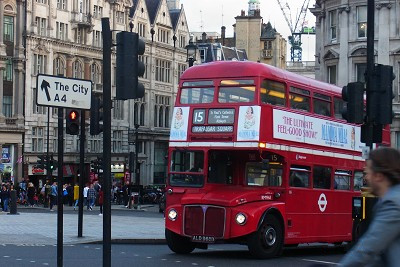When it comes to taking photos, most people probably imagine mobile phones these days. As the cameras have automatic settings, users can take pictures without thinking. If the user wants a better shot, simply press the screen to focus. Some people are stuck with a single-lens reflex camera. Manual focusing is probably one of the best parts of using an SLR camera. With that camera, professional-looking photos with blurred backgrounds can be taken.
As I brought up the topic of cameras before in my blog, I use a compact camera. With simple settings in advance, it is possible to shoot a focused photo of the entire frame. If I would like to focus intentionally, I need to press the shutter button halfway down to lock the focus. This in itself is not difficult, but it takes time, albeit only slightly, to focus on the target and half-press the button. I would like to take photos quickly and often need to capture the moment, so the focus is often poor.
Now, getting down to the point, I have wondered whether photos such as those in which the subject in the back is in focus rather than the main subject in the foreground would be bad. People look in the foreground and in the distance to recognise the whole, so it is unlikely to be fixed and in focus at any one point. If the subject is unidentifiable what it is, that is a problem, but a photo with a blurred background is much more unnatural, though. With such uncluttered wondering, I discovered by chance that it was a movement to recognise rough, blurry and out-of-focus photographs as art. William Klein and Daido Moriyama seem to be famous for that kind of photography. I don’t have any deep thoughts more on this, but it was a soliloquy about how we are not that nervous about focusing on the main subject.
Click Here to Read the Full Original Article at Looking back now…
